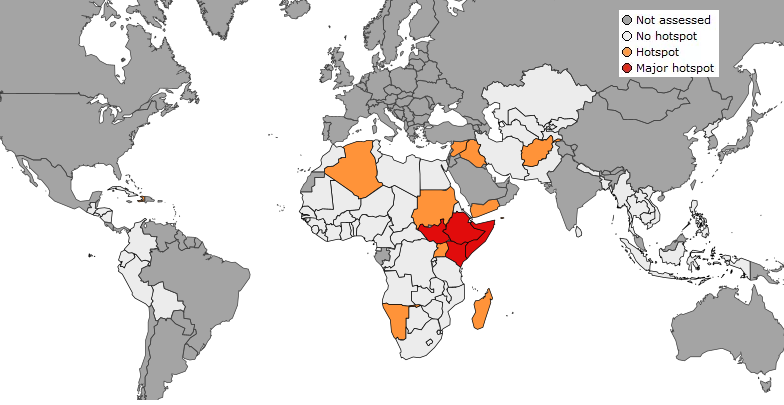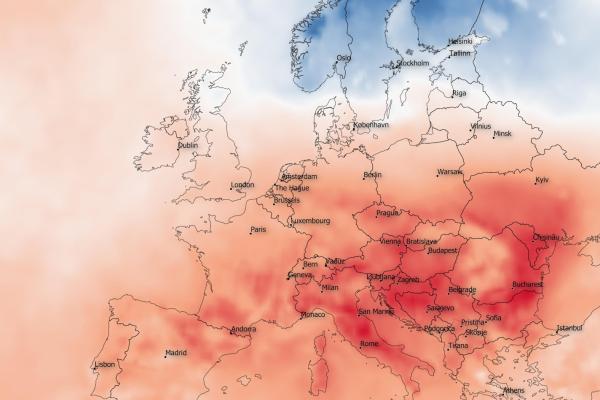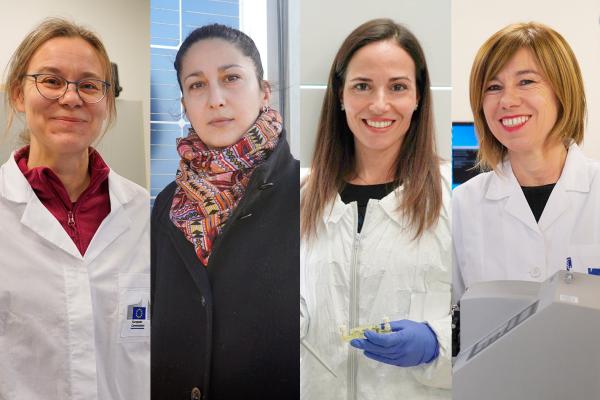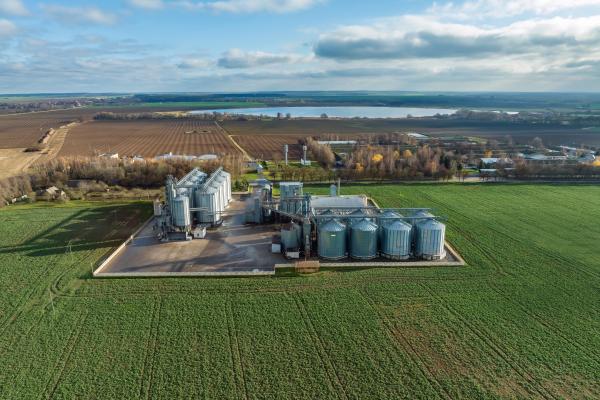
ASAP hotspot assessment January 2023
© European Union, 2023
Main findings of the January global overview:
- Southern Africa is in the middle of the summer crop season and rainfall in the last month has been mixed across the region. However, the cumulative rainfall amounts since the start of the 2022/2023 agricultural season have been average to above-average and at mid-January good crop and rangeland conditions are observed across most parts of the region. Exception are parts in southwestern Angola, and northern Namibia, where poor crop and rangeland conditions are observed.
- East Africa (mainly Somalia, marginal areas of Kenya, southern Ethiopia and parts of Uganda and Tanzania) has experienced a record five consecutive failed seasons which is an unprecedented phenomenon in the region. Early indications from ICPAC and global climate prediction centres show a high likelihood of below average rains in the next long rains season, a situation that will further increase environmental and farming challenges, deteriorate food security outcomes and lead to humanitarian catastrophe. According to the IPC, over 26 million people are experiencing high levels of acute food insecurity (IPC Phase 3 or above) in the IGAD region (excluding Eritrea and Ethiopia), of which the most worrying are the 355,000 people under catastrophe (IPC Phase 5). A more forceful and coordinated global, regional, and national response, is urgently required to avert loss of life going forward.
- In North Africa, poor rainfall since the start of the winter cereal season has resulted in poor biomass conditions in parts of Morocco, Algeria, and central Tunisia. Similarly, the Middle East has received irregular rainfall, however biomass of winter cereal is still close to average except for Ninewa, Iraq. In Yemen, harvest of cereals (sorghum, wheat, millet) finalized in November/December with favourable prospects but more than half of the population is still food insecure.
- In West and Central Africa, the main agricultural season is complete and cereal production is forecast at 76.4 million tonnes, 6% above the 5-year average (FAO-Crop Prospects and Food Situation, December 2022).
- In Central Asia, the start of winter wheat season has been favourable, however a cold wave in the 2nd dekad of January may have resulted in winterkill in regions not protected by snow cover. In Afghanistan, food insecurity continues to remain very high with one person out of two in acute food insecurity. In South Asia, harvest of Kharif crops in Pakistan and Aman rice in Bangladesh finalized in December, with mixed and good prospects, respectively. Growth of winter cereals in Pakistan, and sowing of irrigated dry-season Boro rice in Bagladesh are taking place under favourable conditions.
- In continental South-East Asia, harvest of wet season rice finalized in December with good prospects, except in areas of Cambodia and Thailand affected by floods. Planting and growth of irrigated dry season rice have started under favourable conditions. In Indonesia, rainfall conditions are favourable for wet season rice planted from October to January.
- In Central America, harvest of maize and beans (Postrera) at the end of January is at the final stages in Nicaragua, Honduras, El Salvador and Guatemala, under overall favourable agroclimatic conditions throughout the season. In Haiti, despite the average to good vegetation conditions observed the prospect of the overall cereal campaign in 2022 is poor due to limited access to agricultural inputs (FAO GIEWS 12/2022). In Cuba, production prospects are normal for maize and sweet potato crops recently harvested.
The next assessment is scheduled for the end of February 2023.
Details
- Publication date
- 8 February 2023
- Author
- Joint Research Centre
- JRC portfolios




